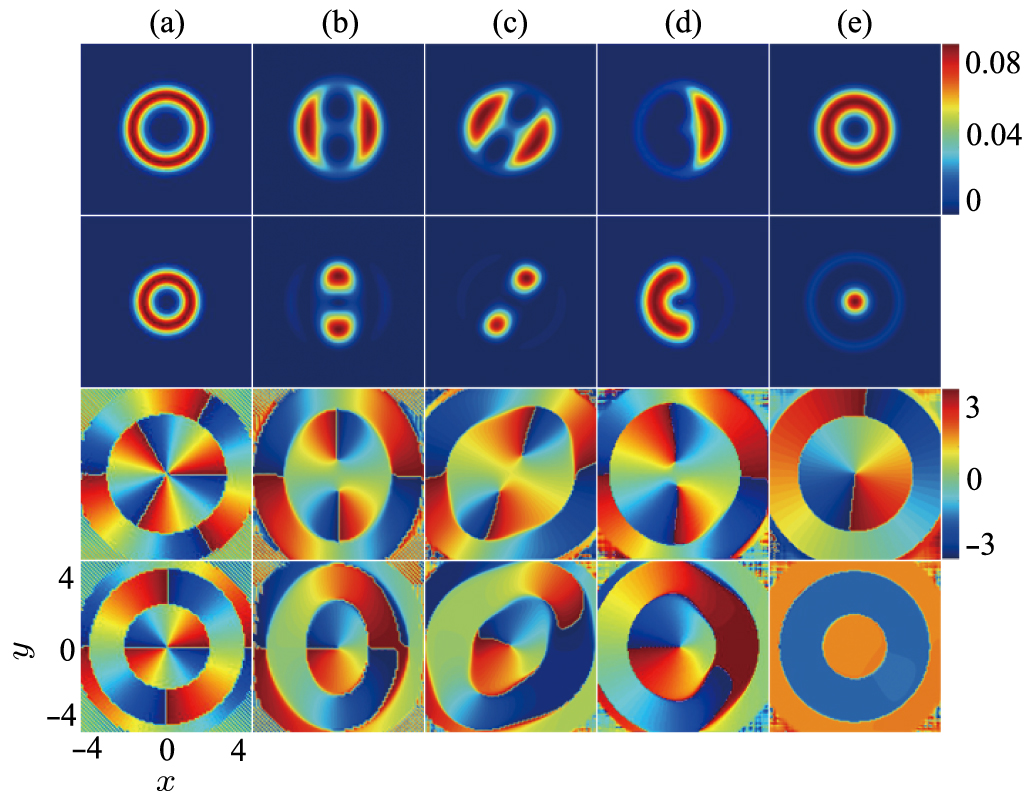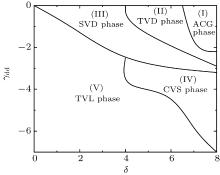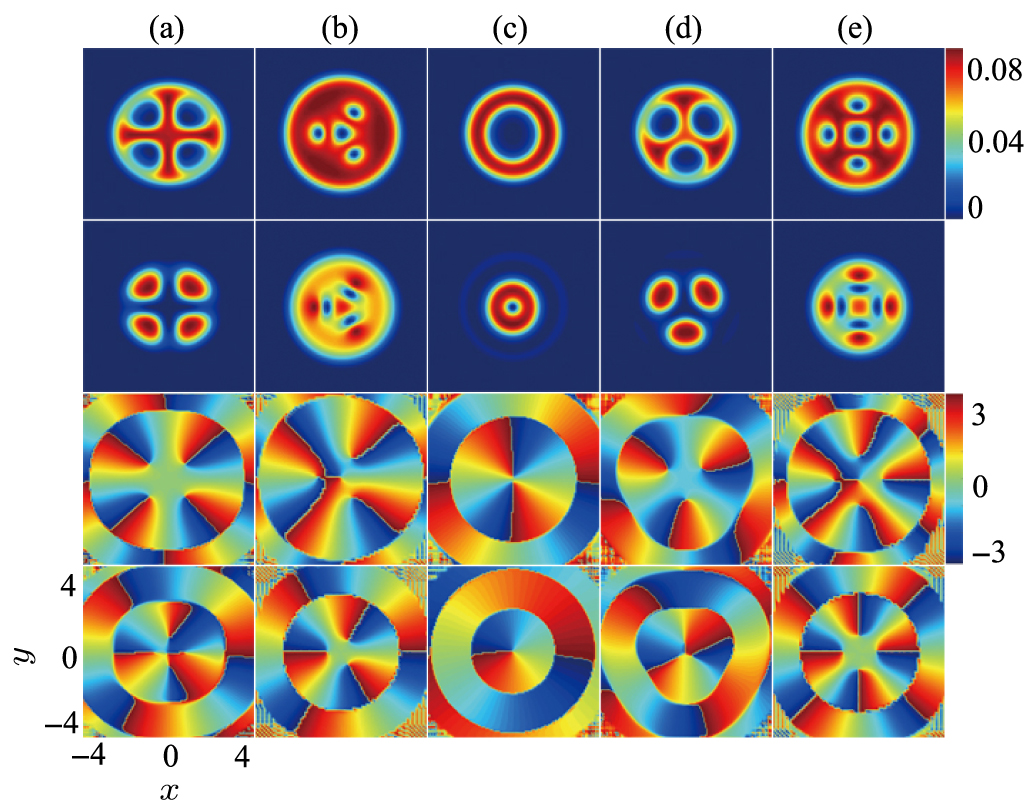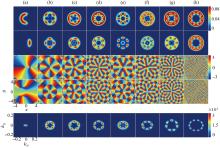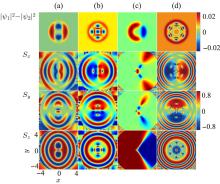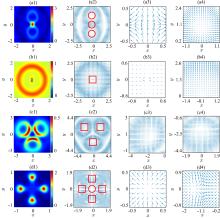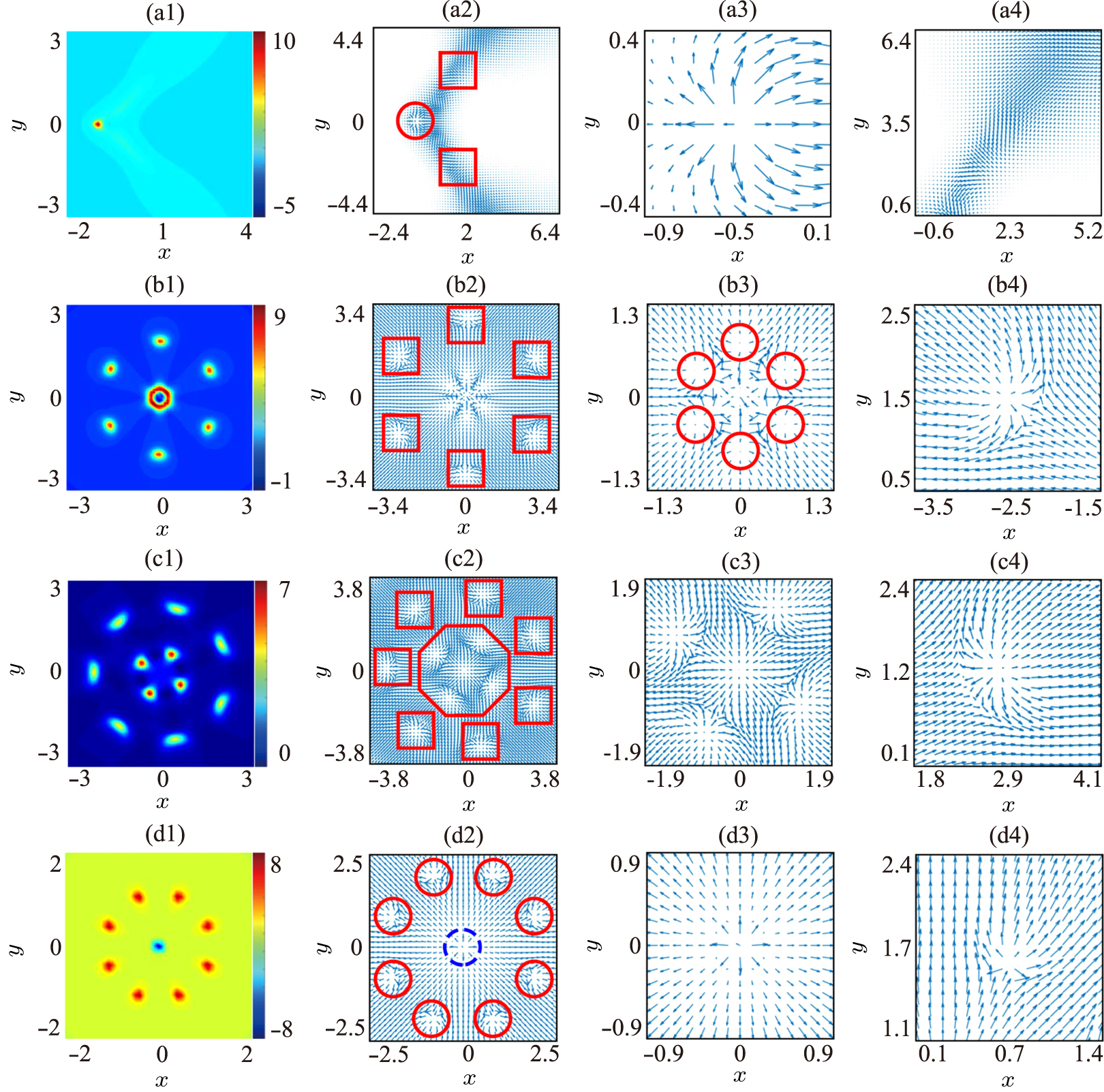| [1] |
|
| [2] |
|
| [3] |
|
| [4] |
|
| [5] |
Kadau H, Schmitt M, Wenzel M, Wink C, Maier T, Ferrier-Barbut I, Pfau T 2016 Nature 530 194 DOI: 10.1038/nature16485 |
| [6] |
|
| [7] |
|
| [8] |
Lepoutre S, Gabardos L, Kechadi K, Pedri P, Gorceix O, Maréchal E, Vernac L, Laburthe-Tolra B 2018 Phys. Rev. Lett. 121 013201 DOI: 10.1103/PhysRevLett.121.013201 |
| [9] |
|
| [10] |
Chomaz L, van Bijnen R M W, Petter D, Faraoni G, Baier S, Becher J H, Mark M J, Wächtler F, Santos L, Ferlaino F 2018 Nat. Phys. 14 442 DOI: 10.1038/s41567-018-0054-7 |
| [11] |
|
| [12] |
|
| [13] |
|
| [14] |
|
| [15] |
|
| [16] |
|
| [17] |
|
| [18] |
|
| [19] |
Wu Z, Zhang L, Sun W, Xu X T, Wang B Z, Ji S C, Deng Y, Chen S, Liu X J, Pan J W 2016 Science 354 83 DOI: 10.1126/science.aaf6689 |
| [20] |
Huang L, Meng Z, Wang P, Peng P, Zhang S L, Chen L, Li D, Zhou Q, Zhang J 2016 Nat. Phys. 12 540 DOI: 10.1038/nphys3672 |
| [21] |
|
| [22] |
|
| [23] |
Li J R, Lee J, Huang W, Burchesky S, Shteynas B, Top F C, Jamison A O, Ketterle W 2017 Nature 543 91 DOI: 10.1038/nature21431 |
| [24] |
|
| [25] |
|
| [26] |
|
| [27] |
|
| [28] |
|
| [29] |
|
| [30] |
|
| [31] |
|
| [32] |
|
| [33] |
|
| [34] |
Eckel S, Lee J G, Jendrzejewski F, Murray N, Clark C W, Lobb C J, Phillips W D, Edwards M, Campbell G K 2014 Nature 506 200 DOI: 10.1038/nature12958 |
| [35] |
|
| [36] |
|
| [37] |
|
| [38] |
|
| [39] |
Cabrera C R, Tanzi L, Sanz J, Naylor B, Thomas P, Cheiney P, Tarruell L 2018 Science 359 301 DOI: 10.1126/science.aao5686 |
| [40] |
|
| [41] |
|
| [42] |
|
| [43] |
|
| [44] |
|
| [45] |
|
| [46] |
|
| [47] |
|
| [48] |
|
| [49] |
|
| [50] |
|
| [51] |
|
| [52] |
Pethick C J, Smith H 2008 Bose–Einstein Condensation in Dilute Gases 2 New York Cambridge University Press 348 354
|
| [53] |
|
| [54] |
|
| [55] |
|
| [56] |
|
| [57] |
|
 )
)



